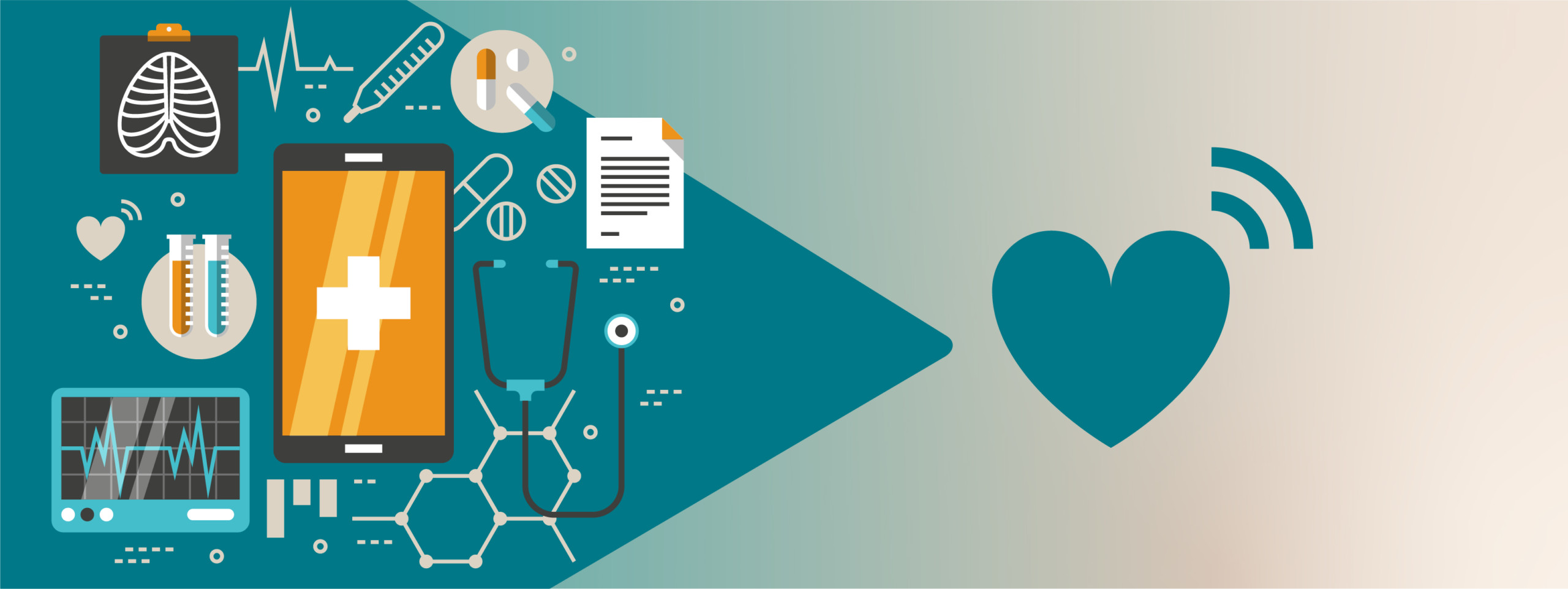The quarantine routine is becoming common for many Americans. I myself finished a 14-day quarantine in early November, complete with PCR test following a positive COVID-19 exposure. Within those two weeks, I—as I am sure many Americans—had several questions floating around in my head including, Am I quarantining properly? When will I get my test results?!? What do my test results mean? and What do I do based on the results?
A more productive question I found myself thinking was, If I wasn’t working from home and was going to the office how would I be more certain I didn’t have COVID-19 besides quarantining and a negative test result? The answer: I would need to monitor for symptoms.
I had a thermometer, but a fever isn’t the only indicator of a COVID-19 infection, and some people don’t get a fever at all. Other metrics of well-being, however, like sleep, heart rate, blood oxygen level, and others could indicate if something is off. I happen to have a Fitbit and so was able to look at these metrics over the period since I was exposed to see if anything seemed to vary from my norm.
I modeled my monitoring approach off a study published in Nature Medicine in October on the use of wearables to track potential COVID-19 symptoms. The study had 30,529 participants from March 25 to June 7, 2020, where 3,811 reported symptoms. Of those who had symptoms and tested 54 were positive and 279 were negative. Three key conclusions the study offered include:
- Activity levels and sleep quality were affected significantly more for those with a COVID-19 positive diagnosis.
- Individual resting heart rates normally don’t fluctuate more than a median of three beats per minute in a week. Of “5,700 patients hospitalized with COVID-19: at the time of admission, a greater percentage of individuals had a heart rate of >100 b.p.m. (43.1 percent) than had a fever (30.7 percent),” indicating that individual average resting heart rate could be a better indicator of having COVID-19 than high temperature.
- Taking together factors like activity level, sleep quality, and resting heart rate, “the ability to detect subtle individual changes in response to early [infections] will potentially improve and enable the identification of individuals without symptoms.”
The Wearable Equipment Adoption and Reinforcement and Investment in Technology (WEAR IT) Act
I am proud that ACT | The App Association works on increasing access to these devices by advocating for federal legislation that would allow consumers to purchase them through healthcare Flex Spending Accounts (FSAs) and Health Savings Accounts (HSAs). These accounts are available to Americans through their employers—in 2018, 63 percent and 37 percent of employers offered FSAs and HSAs, respectively, for their employees. And even without an FSA or HSA, consumers have seen that the prices of such devices continue to decline with some now under $35.
Of course, in the COVID era, we shouldn’t just rely on symptom monitoring to combat COVID-19 spread, we should also be sure to test when symptoms are present or after a COVID-19 positive exposure and appropriately quarantine. But a negative test result and complementary monitoring through multifunction wearable devices can empower Americans to care for their individual health and meaningfully observe public health precautions.
